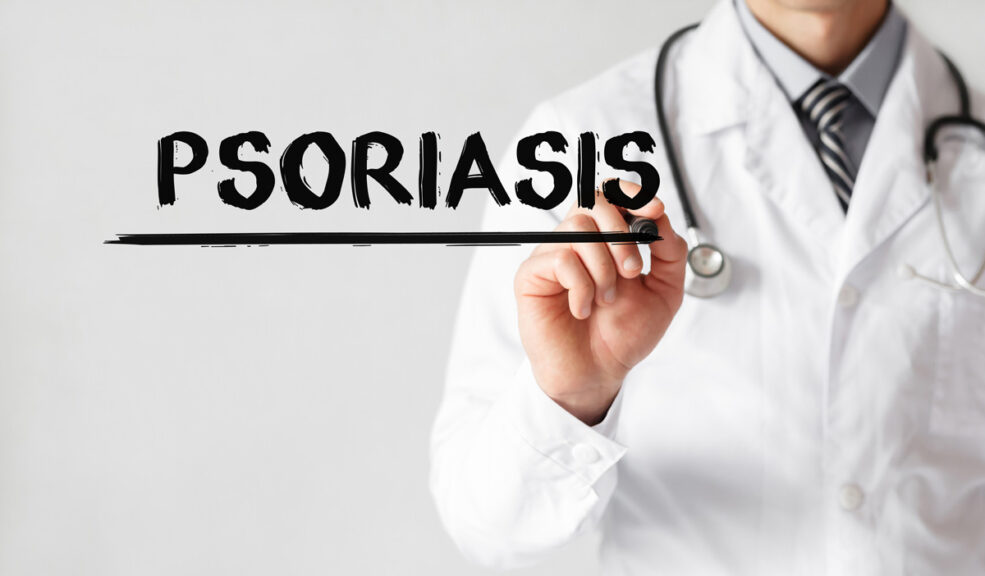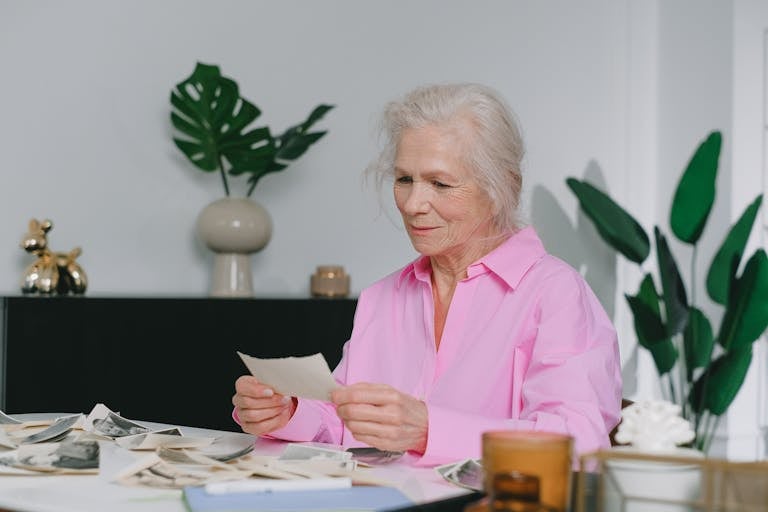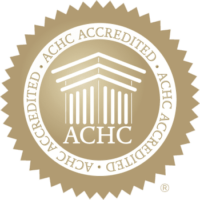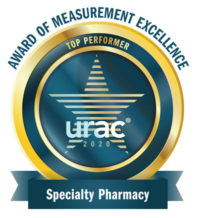
By Shane Reeves, CEO TwelveStone Health Partners
Thanks to TV ads featuring songstress Cyndi Lauper, you’ve probably heard of psoriasis and the associated misery including burning and itching. But few know what psoriasis is, the symptoms, and the treatments. During Psoriasis Action Month TwelveStone is raising awareness in hopes of reducing the stigma around this chronic, complex condition.
Understanding Psoriasis
Psoriasis is a chronic skin condition characterized by red, scaly patches all over the body caused by an overproduction of skin cells. The underlying cause for this excess skin cell production isn’t known, but it’s thought to be due to genetic and environmental factors such as stress and certain medications. According to the American Academy of Dermatology, approximately 7.5 million people in the United States have psoriasis. Psoriasis occurs in all age groups but primarily in adults, with the highest proportion between ages 45 and 64.
Psoriasis causes more than itchy skin. Symptoms range from itching, burning sensations, and dryness to thickening of the skin and joint pain in severe cases. Topical psoriasis treatment usually involves creams or ointments along with light therapy or oral medications, depending on severity.
The National Psoriasis Foundation determined the severity of psoriasis by the percentage of the body it affects. Mild psoriasis affects less than three percent of the body; three percent to 10 percent is considered moderate; more than 10 percent is considered severe. For comparison, the average hand is about the same as one percent of the skin surface. Nearly one-quarter of people with psoriasis have cases considered moderate to severe.
A study by the American Academy of Dermatology also found that an estimated 30 percent of people with psoriasis also develop psoriatic arthritis.
What is Psoriatic Arthritis?
Psoriatic arthritis (PsA) is a chronic, inflammatory disease of the joints and entheses (where tendons and ligaments connect to bone). PsA can occur in any joint or wherever ligaments and tendons attach to bone. Forms of PsA include spondylitis, enthesitis, and dactylitis.
PsA often appears between ages 30 and 50 but can start at any age and may affect children. In most cases, PsA begins about ten years after psoriasis develops, but some develop PsA first or without ever developing or noticing psoriasis.
Common symptoms of PsA include:
- Fatigue
- Tenderness, pain, and swelling over tendons
- Swollen fingers and toes that sometimes resemble sausages
- Stiffness, pain, throbbing, swelling, and tenderness in one or more joints
- Reduced range of motion
- Morning stiffness and tiredness
- Nail changes, such as pitting or separation from the nail bed
- Redness and pain in the eye (uveitis)
There is little connection between psoriasis severity and PsA severity. A patient could have few skin lesions, but many joints affected by arthritis.
The Stigma of Psoriasis
The stigma of living with a visible condition like psoriasis can create challenges that affect all aspects of life, from personal to professional. Many people with psoriasis suffer rom low self-esteem, shame, and embarrassment and have trouble connecting with others. Cyndi Lauper’s appearance in psoriasis treatment commercials has raised awareness and shown that even celebrities can have it. Yet there remains a stigma associated with red, dry, and flaking skin and the pain that comes with it.
Psoriasis Action Month was established to raise awareness of psoriasis and PsA and to spread knowledge about this common yet often misunderstood disease.
Coping with Psoriasis: Tips for Thriving
Managing psoriasis can be difficult, but proper diet and lifestyle changes make it possible to reduce symptoms. A nutritious diet of fruits, veggies, whole grains, and lean proteins can help decrease inflammation and enhance general well-being. Avoiding foods high in saturated fats and sugar can also help keep flare-ups at bay.
In addition to dietary modifications, lifestyle changes such as regular exercise may also benefit people living with psoriasis. Exercise helps boost immunity while reducing stress levels, which can trigger or worsen flare-ups of the condition. To promote positive health outcomes, those with psoriasis should engage in regular physical activities such as walking or swimming.
Stress management is another critical factor in coping with psoriasis symptoms effectively. Practicing relaxation techniques like yoga or meditation has been shown to reduce stress levels which often triggers flares of the condition. It’s also important to get plenty of restful sleep each night as this helps regulate hormones, which can also impact skin health.
Medications and Therapies
As mentioned earlier, over-the-counter or prescription topical creams can help less the redness and pain of psoriasis on the skin. However, severe cases of PsA may require biologics. Infusion or injectable biologics for psoriasis work by blocking T-cells or targeting cytokines, a type of protein that the immune system produces, or other proteins within the immune system that cause psoriasis to develop. Some of the common infusion therapy medications for psoriasis include:
- Cimzia
- Enbrel
- Humira
- Remicade
- Simponi and Simponi Aria
- Stelara
- Cosentyx, Taltz, Siliq
- Orencia
TwelveStone Infusion Centers
Whether you visit a TwelveStone Infusion Center or have your biologic infusion therapy administered at home, our experienced professionals will administer biologic treatments with compassion and professionalism. We offer a calm and peaceful environment that’s a welcome change from a busy, loud, and impersonal hospital setting: cozy reclining chairs, private rooms, and even Wi-Fi for multi-taskers who must go online during treatments. And no one will stare or ask questions about your skin condition.
August is the month for raising awareness of psoriasis. And as a service to those with the disease, TwelveStone is here to make managing and treating your chronic condition management easier.















